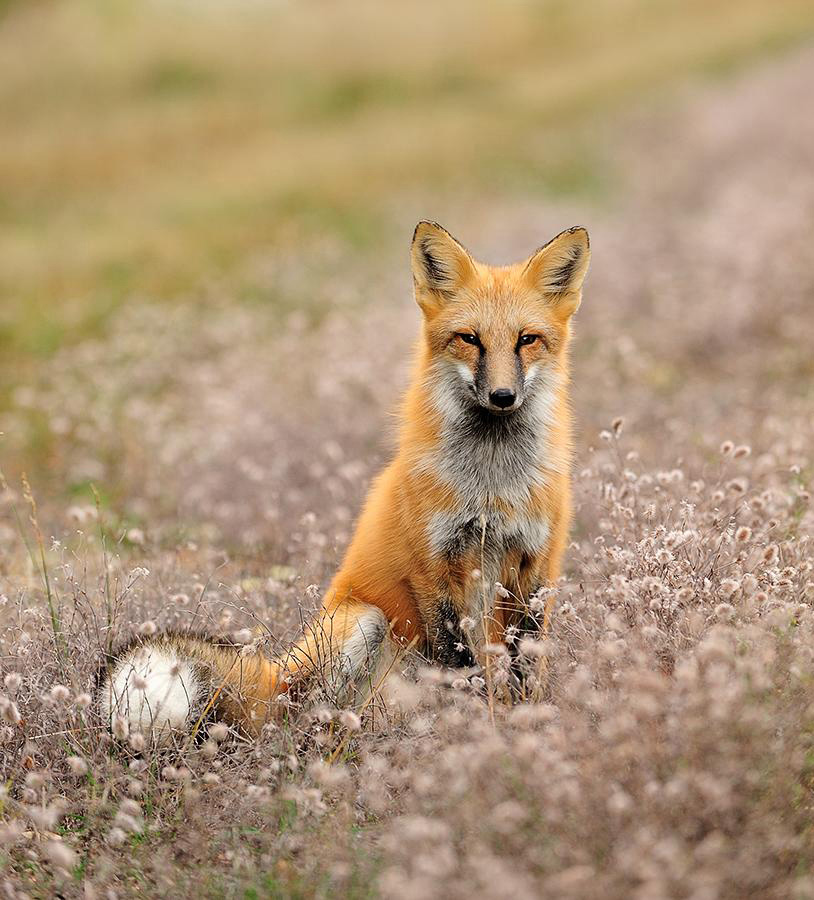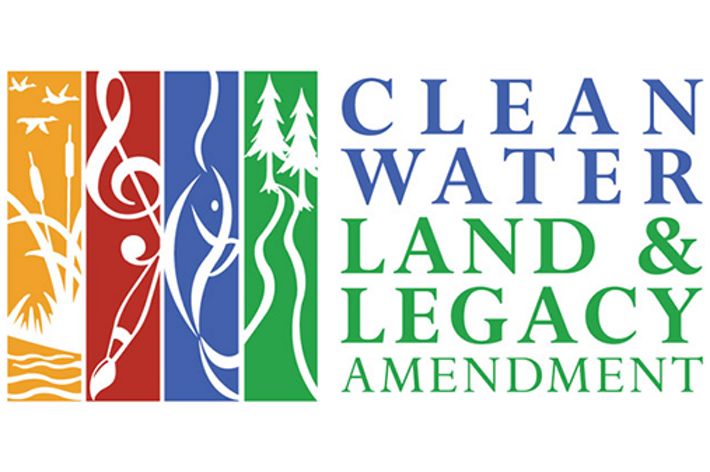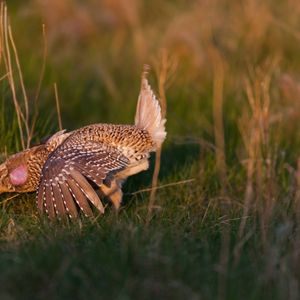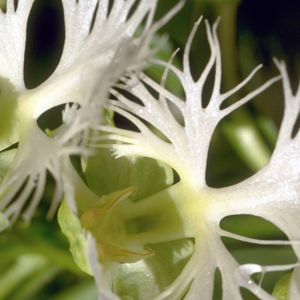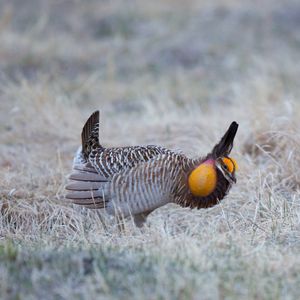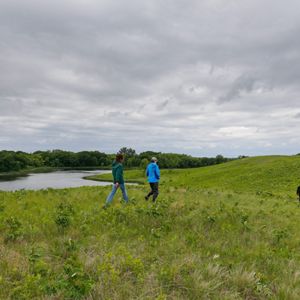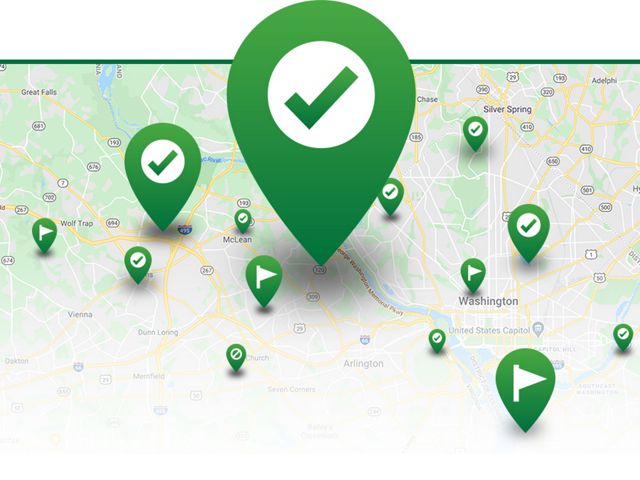Funding for the property was provided by the Outdoor Heritage Fund, which was created under the Clean Water, Land and Legacy Amendment, through an appropriation by the Minnesota Legislature as recommended by the Lessard-Sams Outdoor Heritage Council.
The property is open to the public for hiking, photography and bird-watching. The Minnesota State Constitution requires all properties purchased with Outdoor Heritage Fund dollars to be open to the public taking of fish and game during the open season. As a result, hunting, trapping and fishing are allowed on this property in accordance with Minnesota Department of Natural Resources Wildlife Management Areas rules published in the Hunting and Trapping Regulations Handbook.
Many of the properties purchased through the project are adjacent to private lands that are not open for public hunting. Please restrict hunting and fishing activities to only those lands clearly marked with signage showing they are “Open to Public Hunting.”
The Conservancy manages Minnesota Prairie Recovery Project properties using strategies including prescribed fire, conservation grazing, and the removal of encroaching trees and brush. These methods will benefit wildlife, preserve clean water and provide recreational opportunities.

